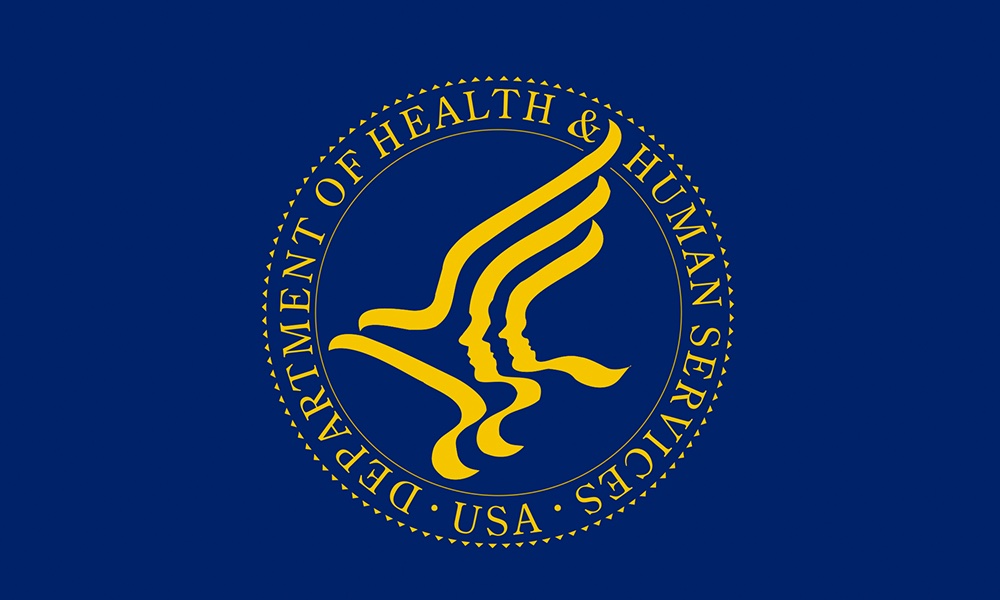Every 40 seconds an American has a heart attack, over 800,000 adults each year. And, for 25 percent of these 800,000 this is their second heart attack, according to the U.S. Centers for Disease Control and Prevention.
Heart disease has been the leading cause of death for years. If you have had a heart attack and survived, what can you do to lower your risk of another fatal heart attack, especially in the first year after the attack when the blood vessels bringing oxygen and nutrients to your heart are most vulnerable?
The standard preventive regimen is to give these blood vessels a chance to calm down, and stabilize. Doctors do this by prescribing powerful cholesterol-lowering medicines called statins immediately after the first heart attack.Most heart attack patients do not reach their treatment goals using only statins.
Statins sometimes take many months to lower bad cholesterol, however, and the blood flow through the vessels to the heart remains obstructed by the plaques, putting the heart attack survivor at further risk. A Swedish study looked into the value of lowering heart patients' cholesterol sooner and more aggressively.
“Today's guidelines recommend stepwise addition of lipid-lowering treatment. But it's often the case that this escalation takes too long, it's ineffective and patients are lost to follow-up,” says researcher Margrét Leósdóttir, Associate Professor at Lund University and senior cardiology consultant at Skåne University Hospital in Malmö, Sweden.
Most heart attack patients do not reach their treatment goals using only this medication. Which is why an add-on treatment is needed to help quickly lower blood cholesterol to recommended levels.
The Swedish researchers studied one add-on therapy, ezetimibe, to see whether it would help prevent a second heart attack in patients if applied early.
Group one, the early group, received ezetimibe within 12 weeks after myocardial infarction.
Group two, the late group, did not start the add-on until between 13 weeks and 16 months.
The third group, the control, did not use an add-on at all.Patients who received a combination of statins and ezetimibe within 12 weeks after the infarction were able to lower their cholesterol to the target level early.
Group one patients who received a combination treatment of statins and ezetimibe within 12 weeks after the infarction were able to lower cholesterol to the target level early and had a better prognosis. They had lowered risk of new cardiovascular events and death compared to patients who received the add-on treatment late or never.
The researchers hope that their results will in time provide support for changes in the treatment recommendations. A treatment algorithm has already been introduced at Dr. Leósdóttir's hospital and she hopes that additional hospitals in Sweden and other countries will follow her lead.
“My hope is that even more will review their procedures, so that more patients will get the right treatment in time, and we can thereby prevent unnecessary suffering and save lives,” she added.
The study is published in the JACC, the Journal of the American College of Cardiology.





